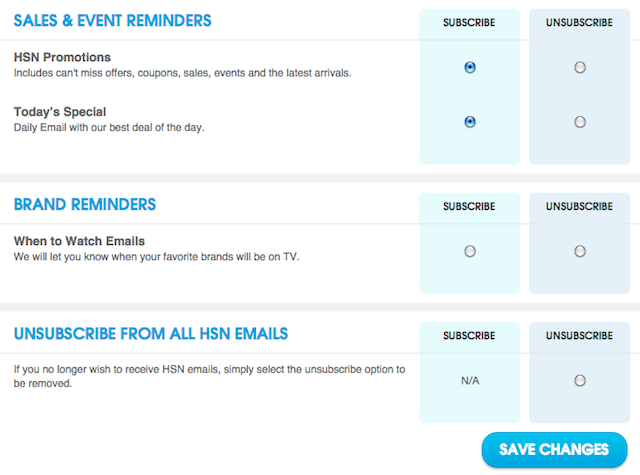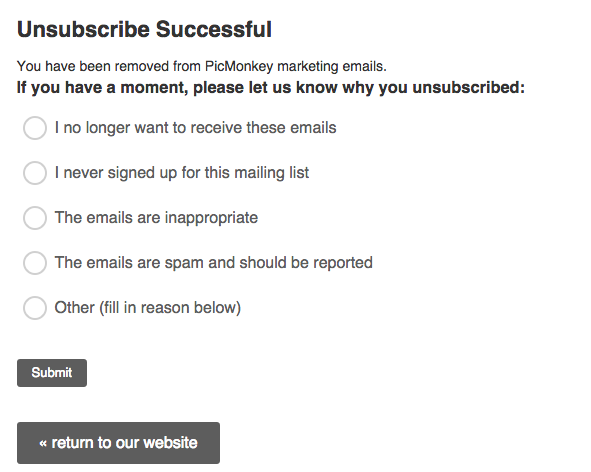 Aleksandra Jakubek
created
edited
Aleksandra Jakubek
created
edited
The “Opt-down” procedure – what is it?
Back to list of articlesI’m sure you know how important it is to build up relationships with your clients. If you listen to them carefully, they will stay with you longer. So send your clients messages that will interest them and do so as often as you can without testing their patience. But how do you obtain information regarding your recipients’ preferences in the first place? You can do so by using the Opt-down procedure.

What is Opt-down?
Opt-down is often mistaken for the opt-out procedure which involves resigning from receiving future messages from a given sender. Both mechanisms are closely connected, but they are very different.
The Opt-down procedure is a sort of a preference center, which allows your recipients to decide how often they want to receive messages and what information is relevant for them.
This data will allow you to build ever better relationships with your subscribers. If you think about it, it’s good to know your clients’ preferences when your’re creating a campaign because they will only receive messages which are genuinely valuable to them. Just imagine how this solution could reduce the number of clients who unsubscribe from your contact list. Giving them free choice to customize the messages they receive from you will keep them on your lists, which is one of your mail goals.
Opt-out vs Opt-down
The possibility to resign from receiving newsletters (a.k.a. opt out) is a basic and compulsory element of email marketing. This is every receipient’s right and it should be obvious to everyone, even to those who have only just started in marketing. If you are unfamiliar with this idea, please read our article about permission marketing.
However, you can inform your clients in the usual way:

Unsubscribe form: Fragrancenet
or the creative way

Unsubscribe form: Lonely Planet
In many cases, however, your subscribers may be unhappy about the messages they receive which means that it’s an “all or nothing” situation. They can resign from receiving messages and be removed completely from your mailing lists or - if they don’t - still get the same amount of emails which could lead them to report messages as a spam.
It’s worth considering the real reason for their being unhappy. Is it because they really don’t want to get any messages from you at all? Or maybe they’re just not pleased with the amount of emails or the content inside the message? The only way to find out is to ask the recipients themselves. How? With the opt-down procedure!
What the Opt-down procedure should look like
- After receiving an unwanted email, it should be easy for a recipient to find a link leading to the settings of the subscription, allowing him to resign from the list.
- If possible, your recipient should be able to choose the topic and frequency of emails. Of course, it’s your job to offer a list possibilities and options.
- Ask new subscribers about their preferences. They can be redirected to a poll right after their email address confirmation. Then from the very beginning they will get emails that interest them and you will avoid more sign-offs.

Unsubscribe form: Athleta

Unsubscribe form: HSN
Use the information you have gathered
Remember that it’s not enough to gather and collect information referring to the preferences of your subscribers. The most important thing is to take them under consideration during the process of creating email marketing campaigns.

Unsubscribe form: PicMonkey
Segment your database and provide them with the news they want to get. This is the best way to maintain good relations with everyone on your subscriber list.

